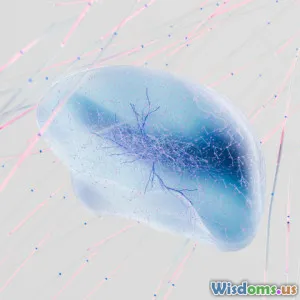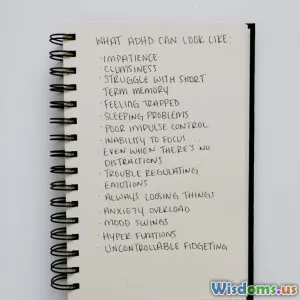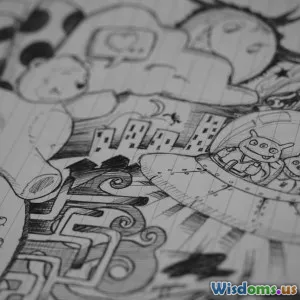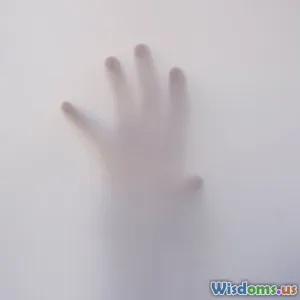
Is Sleep Paralysis Truly Paranormal or Just Science
10 min read Exploring whether sleep paralysis is paranormal or explainable by science, with insights into its causes and cultural interpretations. (0 Reviews)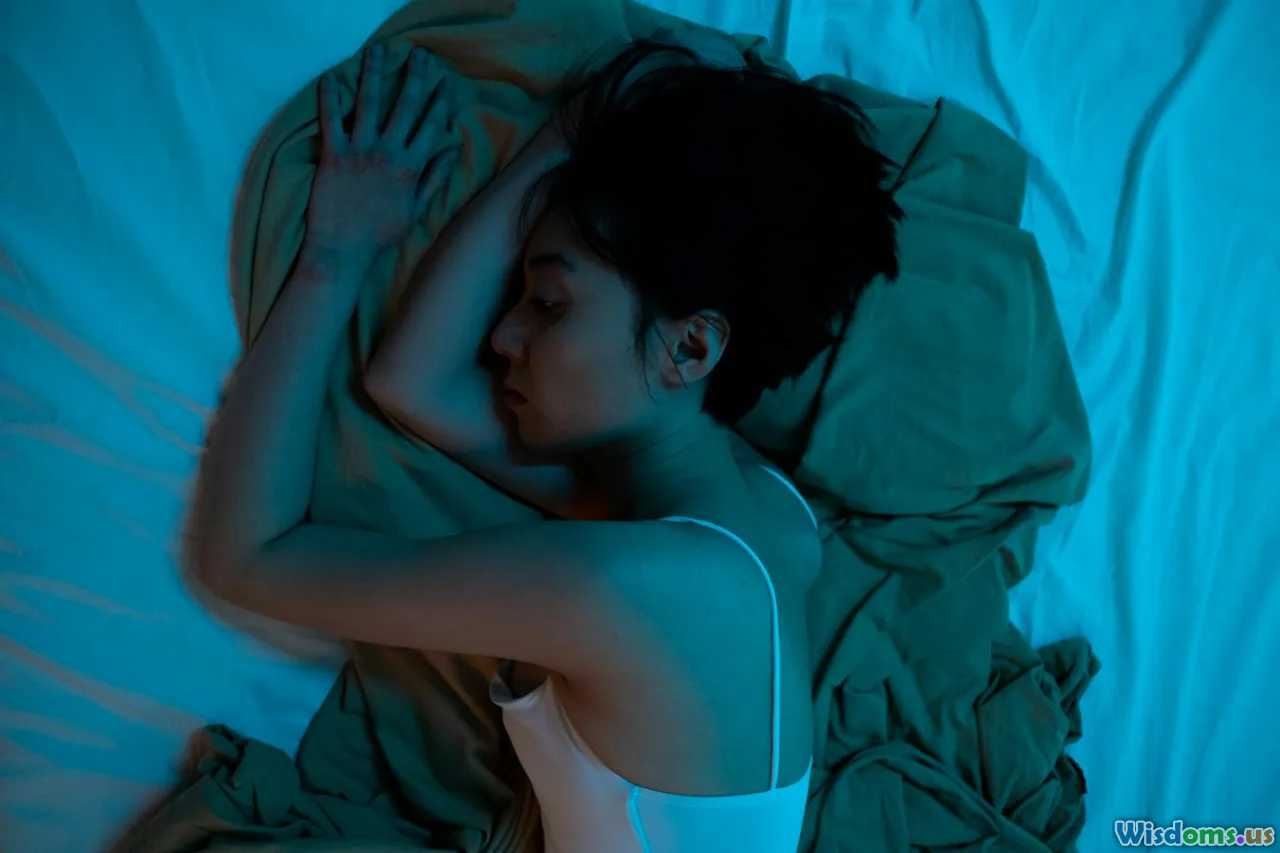
Is Sleep Paralysis Truly Paranormal or Just Science?
Sleep paralysis has haunted humanity across cultures for centuries, often described as a terrifying experience where individuals awaken unable to move, sometimes sensing a malevolent presence in the room. Is this phenomenon evidence of the supernatural, or can it be fully explained by science? This article delves into the rich layers of sleep paralysis, unraveling the true nature of this mysterious state.
Understanding Sleep Paralysis: A Strange Threshold Between Wakefulness and Sleep
Imagine waking up in the dead of night, your eyes flutter open, but your body refuses to respond. You try to scream, move, or reach for help, but your limbs feel heavy, paralyzed. Some report feeling weight on their chest or seeing shadowy figures lurking nearby. This is the visceral experience of sleep paralysis, and it’s surprisingly common.
What Is Sleep Paralysis?
Sleep paralysis is a transient state occurring during the transition between wakefulness and REM (rapid eye movement) sleep, characterized by an inability to move voluntary muscles despite being conscious. According to the American Academy of Sleep Medicine, it typically lasts seconds to a few minutes and can be accompanied by hallucinations — visual, auditory, or tactile.
The Prevalence and Demographics
Studies estimate that between 8% to 40% of the population experiences at least one episode of sleep paralysis in their lifetime, with increased rates among students, psychiatric patients, and individuals with irregular sleep schedules. For instance, a 2011 study published in the Journal of Sleep Research found that about 20% of university students reported sleep paralysis in the past year.
Science Behind Sleep Paralysis: The Neurological Perspective
Contrary to paranormal explanations, sleep paralysis has a robust scientific basis. Its mechanisms are linked to the neurophysiological processes that regulate our sleep cycles.
REM Atonia: The Body’s Safety Mechanism
During REM sleep, our brain initiates muscle atonia—a form of paralysis—to prevent us from physically acting out our dreams, protecting us from injury. Sleep paralysis occurs when this disconnect from muscle movement continues even after awakening, trapping the sleeper in a conscious but immobile state.
Dr. Brian Sharpless, a clinical psychologist researching parasomnias, explains, "Sleep paralysis is essentially a glitch in the transition between REM sleep and wakefulness—the brain wakes up, but the body remains temporarily frozen."
Hallucinations: The Brain’s Interpretation of Fear and Dream Imagery
The terrifying visions and sensations during sleep paralysis have been attributed to the brain’s heightened state of arousal paired with dreaming regions still active. Known as hypnagogic or hypnopompic hallucinations, these experiences can vividly include feelings of presence, pressure on the chest, buzzing sounds, and even sensations of being touched.
Neuroscientist Dr. Erin Wamsley notes that these hallucinations may arise from the overlap of conscious perceptions and REM sleep dreaming areas, leading to fear-based imagery often interpreted as supernatural forces.
Risk Factors and Triggers
Scientific research has identified various triggers that increase sleep paralysis incidence:
- Sleep deprivation: Inconsistent sleep patterns disrupt REM cycles.
- Stress and anxiety: Psychological stress can alter REM sleep dynamics.
- Sleeping position: Sleeping on the back correlates with increased episodes.
- Certain medications and disorders: Narcolepsy, PTSD, and other conditions elevate risks.
A 2017 study in Sleep Medicine Reviews indicated a strong link between higher stress levels and the frequency of sleep paralysis episodes, emphasizing mental health's role.
Cultural Interpretations: Demons, Ghosts, and Night Visitors
While modern science offers plausible explanations, historical and cultural perspectives enrich the narrative of sleep paralysis.
Folklore Around the World
Many societies have recorded experiences resembling sleep paralysis but framed them through supernatural or religious lenses.
- The Old Hag (Newfoundland): Found in Newfoundland folklore, the “Old Hag” sits on the chest of victims, rendering them immobile. This description matches many sleep paralysis symptoms.
- Kanashibari (Japan): A term meaning "bound or fastened in metal," sleep paralysis is interpreted as possession by spirits.
- Jinn Possession (Middle East): Episodes are sometimes attributed to jinn or malevolent spirits in Arab cultures.
These accounts underscore a shared human experience across time and geography, invariably linked to mystical or ghostly notions when the science was unknown.
Why the Paranormal Interpretation Persists
Sleep paralysis episodes often happen from half-wakefulness, where the fear response is heightened. Our brains try to make sense of a terrifying yet unexplained experience, leading to supernatural interpretations.
Claire Bridet, a researcher in dream studies, remarks: "Our culture shapes how we process these experiences; if you grow up hearing ghost stories, your brain will fill in hallucinated details accordingly."
The Psychological Impact: Fear, Misunderstanding, and Stigma
Sleep paralysis is more than just a fleeting oddity—it can be profoundly distressing.
Connection to Anxiety and PTSD
For some, episodes repeat frequently, leading to anticipatory anxiety and disrupted sleep. Those with PTSD may experience exacerbated symptoms tied to trauma-related nightmares and sleep disturbances.
Overcoming the Fear
Education about the biological roots of sleep paralysis can empower sufferers. Cognitive behavioral therapy techniques, improving sleep hygiene, and stress management have been shown to reduce frequency.
Sleep expert Dr. Leela Kapur advises, "Understanding that sleep paralysis is harmless, despite its frightening nature, is essential for emotional relief. Practicing relaxation and maintaining a routine are practical steps."
Conclusion: Bridging Science and Mystery
Sleep paralysis sits at the crossroads of science and the supernatural—a vivid, unsettling window into the mysterious realm between sleep and wakefulness. While the shadowy figures and immobility may evoke ghosts or demons in folklore, decades of neurophysiological research offer credible, science-based explanations.
Yet, this does not diminish the deeply human experience of sleep paralysis. It is a reminder of how culture, psychology, and biology intersect in our perception of reality. By unraveling its scientific basis and appreciating its rich cultural tapestry, we can approach sleep paralysis not with fear, but with knowledge and empathy.
In closing, if you find yourself gripped by paralysis in the night, remember: what you’re experiencing, however terrifying, is a natural brain phenomenon, echoing deep evolutionary safeguards designed to protect you. And with awareness and care, it’s a mystery you can learn to tame.
References
- Sharpless, B. A., & Barber, J. P. (2011). Lifetime prevalence rates of sleep paralysis: a systematic review. Sleep Medicine Reviews, 15(5), 311-315.
- Cheyne, J. A., Rueffer, S. D., & Newby-Clark, I. R. (1999). Hypnagogic and hypnopompic hallucinations during sleep paralysis: neurological and cultural construction of the night-mare. Consciousness and Cognition, 8(3), 319–337.
- International Classification of Sleep Disorders—Third Edition (ICSD-3). American Academy of Sleep Medicine.
- Denis, D., French, C. C., & Gregory, A. M. (2017). A systematic review of variables associated with sleep paralysis. Sleep Medicine Reviews, 31, 67-84.
- Bridet, C. (2014). Night Terrors and Folklore: Interpreting Sleep Paralysis Across Cultures. Journal of Cultural Neuroscience, 8(2), 130-142.
Article written to educate and serve those curious about the fascinating phenomenon of sleep paralysis.
Rate the Post
User Reviews
Popular Posts










